Podcast: Play in new window | Download

During a recent prebuy evaluation on this nice Beech A36 Bonanza, the question came up, “Does the old analog CHT gauge need to work in order for the airplane to be considered airworthy?”
(In this case, the analog CHT gauge had an INOP placard on it.)
Check it out:
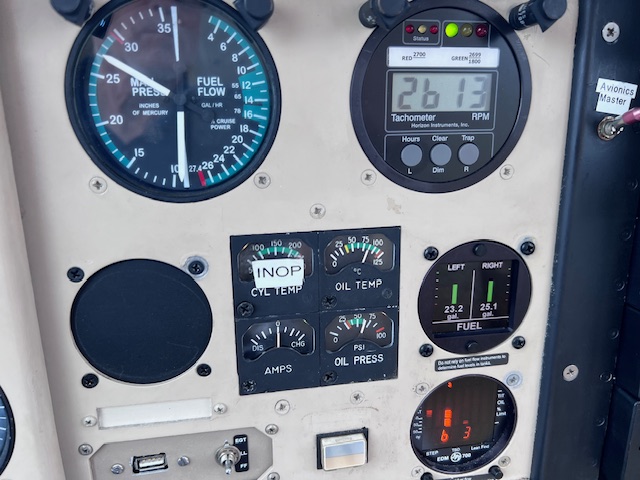
The airplane has a JPI engine monitor installed (bottom right in the previous photo,) but it is not considered “primary” for CHT. And since CHT is required in the limitations section of the POH/AFM, the original analog CHT gauge must be operative.
Listen to the audio for this episode to hear the full story, including a discussion in the tech forum on the American Bonanza Society website (here’s a link to that ABS forum conversation if you’d like to read it):
https://www.bonanza.org/community/member-forum/tech-tips/posts/jun-2024/original-cht-gauge-inop
Here’s the short story of how we resolved the issue on this airplane:
- Removed the bayonet CHT probe for the JPI engine monitor, from cylinder #3.
- Installed in its place a bayonet CHT thermistor probe in cylinder #3 and attached it to the existing wiring that was tied up on the right side of the engine.
- Installed a spark plug type CHT probe for the JPI #3 CHT.
Now, everything should work, and the airplane will be officially airworthy.
If you have any thoughts you’d like to add to this topic, I’d love to hear them! Just click that tab over to the right and leave me a voice message.
Thanks!
The post, “244 – Down a CHT Rabbit Hole!” appeared first at AirplaneOwnerMaintenance.com
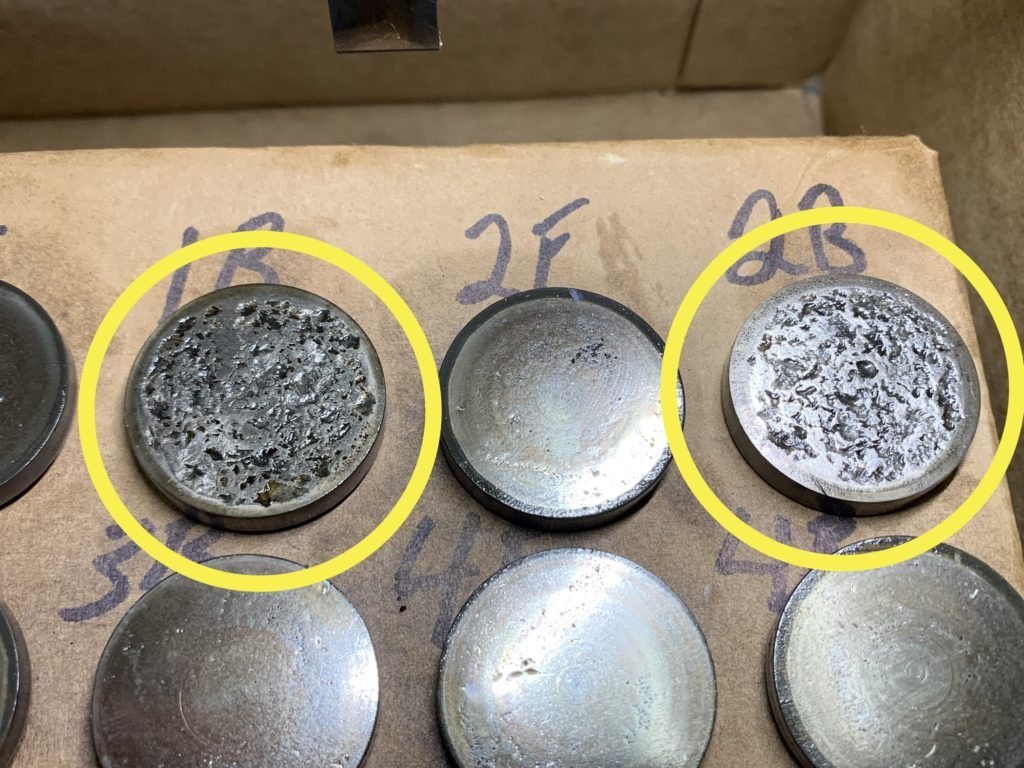
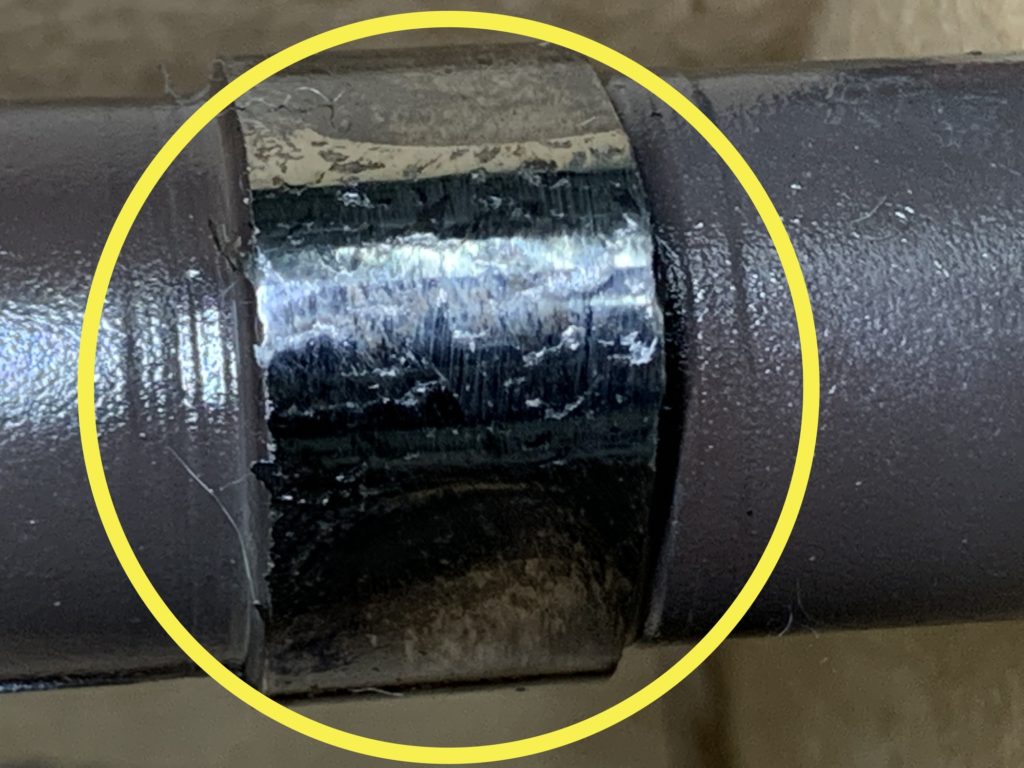
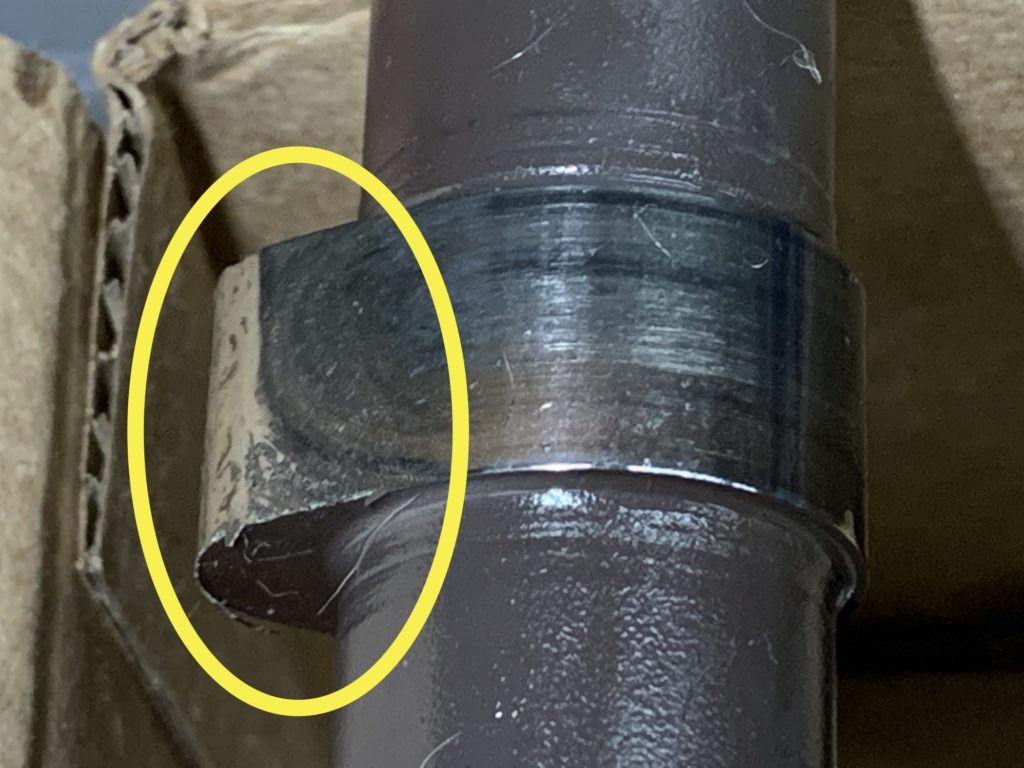

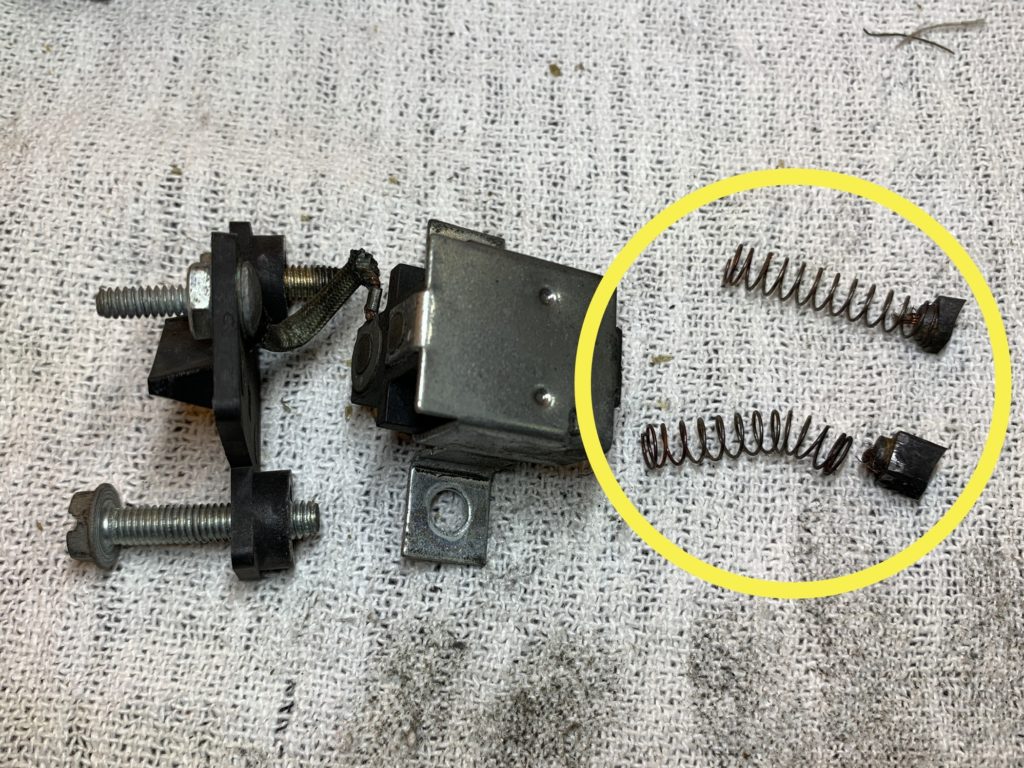


Recent Comments